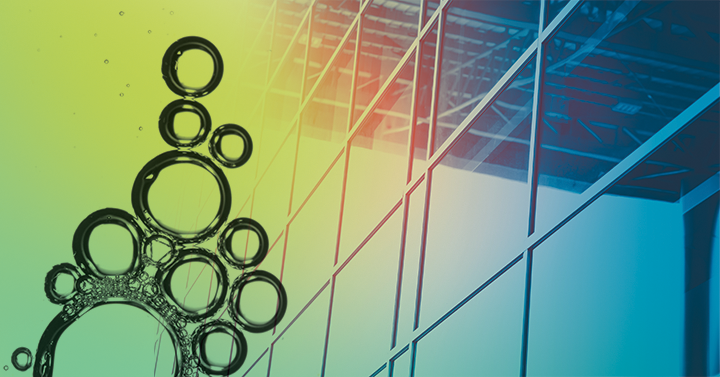While HI&I cleaning and personal care applications are relatively well-defined, mapped, and known markets, industrial applications are more complex and fragmented. A variety of industrial applications in which surfactants may not be a focus for surfactant suppliers is causing a lower degree of rivalry. The market itself is very fragmented with few larger applications, such as food, crop protection, and lubricants, and many mid-sized and smaller applications. Different end-use applications have various expectations from consumers and unmapped driving forces. Kline’s in-progress report will assist industrial surfactants suppliers by providing them with a clear picture of the market.
Europe: Aiming for Higher Quality and More Natural Surfactants
The most remarkable change during the last few years is related to the quality of surfactants, as surfactants with fewer contaminants and impurities are being requested by clients; there is also an increased interest in those having a more natural origin.
Fatty amine ethoxylates are declining due to concerns in health safety. TSP ethoxylates are growing in interest and getting part of the volume loss of fatty amine ethoxylates, especially in crop protection. Fatty alcohol ethoxylates, mono- and diglycerides, and alkyl aryl sulphonates are the three largest surfactants consumed in Europe in industrial applications. Paints and coatings, crop protection, and construction applications are the fastest growing in Europe.
The supplier landscape of industrial surfactants in Europe varies from application to application. For example, food applications is led by Dupont/Danisco, BASF leads crop protection, and Stepan leads lubricants.
Brazil’s Robust Growth of Industrial Surfactants Market During Slow Economic Recovery
As Brazil is slowly recovering from the worst economic crisis in its history, the growth of industrial surfactants between 2018 and 2023 is forecast to increase by 16%. This robust increase is spurred by the crisis’s end and significant growth of the agrochemical sector, heavily supported by the new government.
The legislation in Brazil is permissive, notably in comparison to Europe, and fosters the utilization of all types of surfactants.
Prices remain the main selection criteria when purchasing a surfactant in Brazil; however, in some sectors like oil or metalworking, performance is also a key point.
The distribution is either done indirectly or via distributors.
Southeast Asia the Market of Global and Local Suppliers
Southeast Asia accounts for 6% to 8% of the overall global surfactants market. Industrial applications in Southeast Asia account for approximately 30% in the total surfactants market.
The leading country markets for industrial surfactants include Indonesia, Malaysia, and Thailand. Higher growth potential, in terms of demand for surfactants, over the next five to seven years is expected in countries such as Vietnam, the Philippines, and Thailand.
In terms of end uses, construction, oil and gas, and paints and coatings are the leading sectors in Southeast Asia where industrial surfactants are consumed. However, these leading sectors vary from one country to another in the region.
In terms of products, the industrial surfactants market is led by anionic and non-ionic categories. Leading surfactant chemistries are the ethoxylates group, sulphonates group, and sulfates group.
The competitive landscape of the industrial surfactants market in Southeast Asia is fragmented, with the presence of numerous global as well as regional suppliers. Many multinational suppliers have their manufacturing facilities in various countries in Southeast Asia. Some of the leading surfactant suppliers in the region include BASF, Huntsman Corporation, Clariant, Akzo Nobel (Ceca), Stepan, Solvay, and Croda.
The demand for overall surfactants in Southeast Asia is met through imports. Trade statistics are significantly dominated by import/export between ASEAN countries themselves. Singapore is a leading exporter of non-ionic surfactants, whereas Malaysia is that of anionic surfactants.
Regulations employed in individual countries in Southeast Asia are followed by suppliers having their manufacturing facilities in the respective countries. Raw materials (including surfactants) used in food, crop protection, and the paints and coatings industry must adhere to standard purity levels and regulations implemented by subsequent regulatory authorities.
The Industrial Surfactants: Global Market Analysis and Opportunities study focuses on these industrial applications often offering strong growth opportunities, but also driven by complex, application-related drivers, whose identification is key for building a successful, targeted business strategy.

